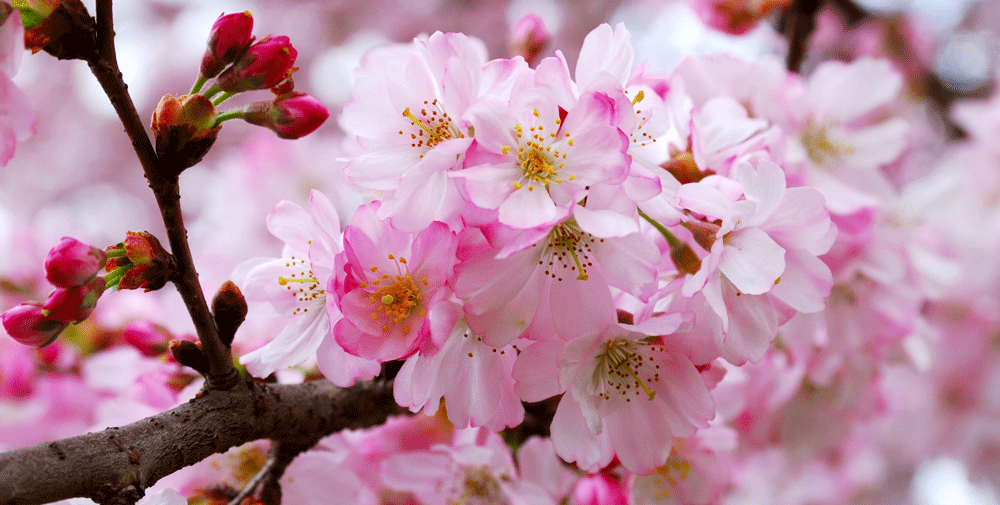Tree & Shrub Pruning

Pruning, the removal of certain parts of a tree or shrub, is a time-honored gardening technique with long-term benefits. When done correctly, pruning promotes strong plant growth and enhances curb appeal. Conversely, improper pruning can damage your valuable landscape and can negatively affect the overall health of your plants. Before you begin your pruning project, review the following tips that can make the difference between a great landscape and devastated one.
What to Prune:
- All the dead, broken, or diseased parts of the plant should be removed. These branches should be trimmed all the way back to the trunk, without cutting the collar (the area where the branch grew out of the trunk). Branches can also be trimmed back to a strong lateral branch.
- Trim branches to produce a specific shape or form. “Training” plants, which often involves trimming lateral branches, will help produce a preferred visual effect. Keep in mind that plants always try to return to their natural form. Therefore, when training plants, work with these natural forms to decrease the need for extensive pruning.
- Remove weak or narrow crotches that will become a problem over time. At this stage, it is important to take a step back and review what has been pruned. Stand a good distance from the tree or shrub. From this vantage point, it will be easier to assess the overall shape of the plant. If a large amount of material has already been removed, it is best wait a few months and let the plant recover before continuing to prune.
How to Prune:
- Support the branch just below where you will make the fresh cut. Cut at a slant in the direction where you want the new branch to grow. Providing support while making cuts is critical, as a broken branch will become a dead branch with time.
- Make a close cut of an unwanted branch in such a way as to leave a short stub. Do not cut too close to the collar. An unhealthy trunk wound can occur if the collar is disturbed. Trunk wounds can create weak spots where insects and diseases can enter the tree.
- Use a three-cut technique to when removing heavy limbs. Make the first cut under the limb to help prevent the bark from ripping. The second cut should be made above and farther out to remove the limb. The third cut is to remove the stub.
- Pinching is a simple pruning technique that involves using your thumb and forefinger to remove soft new growth. Gardeners who “pinch back” throughout the growing season avoid future pruning, redirect growth, and increase plant density.
As always, using the correct tools will help produce the desired results. Be sure to ask the experts at Rohsler’s Allendale Nursery & Florist which tools are best for your task.
Remember that proper pruning can be tricky, but with a little training, any gardener can learn to prune like a pro!
